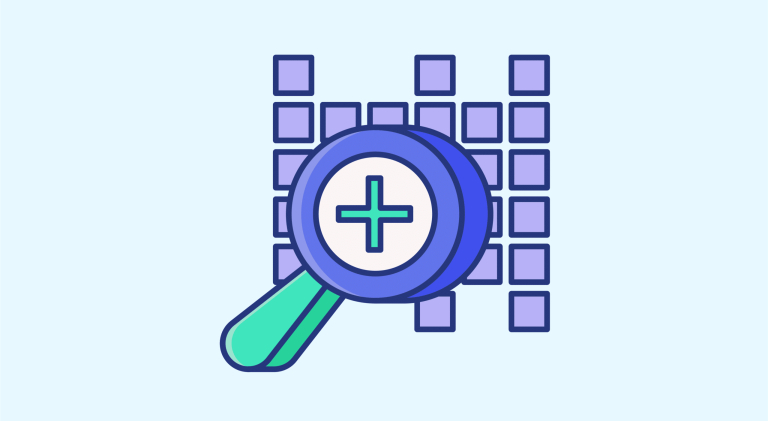Databases are used to store and manipulate data. Find out everything you need to know about it, and why you should start a Data Management course.
To understand what a database is, it is important to first understand what data is. Simply put, it is information that can be linked to any object. They can take many different forms: numbers, bytes, images, and text files…
Thus, a database is an organized collection of structured data. Usually stored electronically on a computer, it allows for easy access, management, manipulation, and updating of data. Databases simplify data management.
In other words, a database is a place where data is stored. It can be compared to a library, where the data would act as books.
An example of this is an online telephone directory. Such a platform uses a database to store data about people, phone numbers, and other contact information.
Typically, a database is controlled by a DataBase Management System (DBMS). The data, the DBMS, and the associated applications form a “database system” which is often abbreviated to “database”.
In the most common types of databases, the data is organized in rows and columns in a series of tables. This format makes it easy to process the data and formulate queries. On most databases, queries are performed in SQL (Structured Query Language).
What are the different types of databases?
There is a wide variety of databases. One of the most common is the relational database, predominant since the 1980s. In it, data is organized in the form of a set of tables with columns and corridors.
In object-oriented databases, data is represented in the form of objects. In distributed databases, two or more files located at different sites are brought together and the database can be stored on multiple computers distributed at different physical locations.
A NoSQL or non-relational database allows the storage and manipulation of unstructured data. This type of database is gaining popularity with the rise of web applications.
These are just a few examples, as there are many different types of databases. We can also mention data warehouses, OLTP databases, or even cloud databases.
Some categories of databases are specifically designed for use in science, finance, or other sectors. Technological developments and advances, such as the Cloud or automation, are also giving rise to new types of databases.
A database consists of five main components: hardware, software, data, procedure, and database access language.
The hardware consists of electronic devices such as computers and storage systems. The software part is a set of programs used to manage and control the database.
It includes the database software, the operating system, the network software for sharing the data, and the applications that access the data.
Data is the raw information that is stored in the database. It can be in a variety of formats, such as text, images, or video.
The procedure is a set of rules and instructions for using the DataBase Management System (DBMS). Finally, the database access language is used to access the data, enter new data, update existing data, or retrieve it via queries.
What is a DBMS?
A DBMS is a DataBase Management System. It is a set of programs that allow users to access databases, manipulate data, generate reports, and represent data. This system also helps control access to the database.
It is the interface between the database and the end users or programs. It also allows performance monitoring, backup, restore, or database configuration. Among the most popular examples are MySQL, Microsoft Access, Microsoft SQL Server, Oracle Database, FileMaker Pro, or dBase.
What is SQL?
Structured Query Language (SQL) is a programming language used by all relational databases to query, manipulate, and control access to data.
Initially developed by IBM in the 1970s, this language is still the most widely used today. However, there are alternatives.
A Data Management course to learn database management
Database management is essential for companies today. It is an essential element of data science and data analysis. If information is not organized in a database, it cannot be exploited.
To take full advantage of Big Data, you can train your employees in database management with our Data Management course. This course allows you to learn how to manipulate databases with SQL and Python, but also to acquire solid notions of Data Quality and Data Visualization.
This training is also available if you are a student or a professional in transition. As the French leader in Data Science training, DataScientest allows you to obtain a degree certified by the Sorbonne in only three months. For more information, see the complete presentation.










